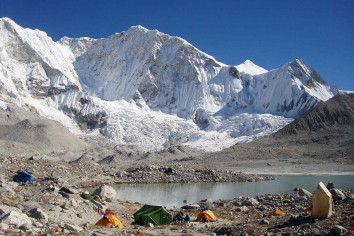Putha Hiunchuli Climbing - Trip Highlights
- Adventurous 7,000 metres peak with less technical and easier climbs.
- The ideal peak for various snow sports like skiing.
- Preparation peak for strengthening climbing skills for those who aim to climb 8,000 metres.
- Beautiful landscape with perfect viewing of Annapurna, Ganesh Himal, and others.
- Inspiring landscapes of Upper Dolpo on Nepal Tibet border.
- Less trekked route to Putha Hiunchuli Peak for authentic adventure.
- Exploring the Tibetan influenced lifestyle of Dolpo ethnic people.
- The luring high terrains and deep valleys are accompanied by forbidden Himalayan villages.
- The serenity of walking through the lush vegetation and alpine terrains.
- Carefully designed expedition with adequate acclimatisation and climbing period.
- 100% success summit with our experienced Sherpa climbing guides.
Putha Hiunchuli Climbing - Trip Overview
Break the stereotype of travel and start discovering the hidden gem of the Himalayas! Being a climber, try climbing a less explored 7,000 metres peak. One of many less explored and climbed mountains in the Himalayas is Putha Hiunchuli Peak. At over 7,246 metres in Dolpo, on the far end of the Dhaulagiri range, Putha Hiunchuli offers an ideal step for you to upgrade to high altitude climbing.
The remoteness of Putha Hiunchuli's peak makes it free from crowds. Its remoteness is also a factor for its less exploration by climbers. Among 7,000 metres peaks, Putha Hiunchuli is probably the less technically demanding peak to climb. You can submit this peak even during Autumn without any significant risk of avalanches. The monsoon rain and snowfall barely affect the expeditions on this mountain. Not only for mountaineers, but Putha Hiunchuli is also an ideal destination for professional ski travellers. The less steep slopes and stable snow conditions make it a good place for snow sports.
The legendary climber Jimmy Robert 1954 became the first human to ascend Putha Hiunchuli peak. In the book by Peter Matthiessen, "Snow Leopard", he mentioned the luring beauty of this mountain. Also, he explained the appealing beauty of this landscape in his book. The book made Putha Hiunchuli known among the climbing community. Another book, "High Asia", mentioned that climbing Putha Hiunchuli from Kaya Khola is easily accessible.
The technical face of the Putha Hiunchuli climb was first discovered by the Japanese expedition team. Another route to the summit that is less steep, around 35 degrees, is snow-filled terrain. Due to the remoteness and less trekked region, reaching its base camp is adventurous for travellers. Hence, the Putha Hiunchuli expedition offers the utmost joy and mountaineering experience.
Putha Hiunchuli Peak climbing is rewarding. The view of Annapurna South at 7,219 metres, Dhaulagiri at 8,167 metres , Nilgiri at 7,061 metres, Ganesh Himal at 7,422 metres, and more. The sublime glimpses of Dolpo and the Tibetan landscape also look spectacular from Putha Hiunchuli Summit. The untouched wilderness and ethnic cultures of Dolpo are a joy to witness in the Putha Hiunchuli expedition. The broad flora and fauna and natural elegance make Dolpo and Putha Hiunchuli landscape a wonder of far west Nepal.
Putha Hiunchuli Expedition - Itinerary Overview
You'll get a Putha Hiunchuli expedition briefing before beginning this expedition. Also, our climbing guide will give you information regarding the necessary climbing gears and other stuff.
To kickstart Putha Hiunchuli, we'll take a flight to Nepaljung from Kathmandu. We'll take another flight from Nepaljung to Jhupal, Dolpo, and trek to Dunai at 2,230 metres. Since this expedition is in an isolated area, we'll complete this trip in camping-style accommodation.
From Dunai, we'll trek to Tarakot, Musikhola, Kakkotgoan, Yak Kharka, Putha Phedi, and Putha Hiunchuli Base Camp at 4,800 metres. The less traversed trail to Putha Hiunchuli base camp rewards the inspiring view of the snow-occupied landscape and serene terrain.
We'll set camp at the base camp for the next 15 days. You'll have routine climbs, acclimatisation, and training back and forth to High Camps during this climbing period. Our climbing guides will monitor your training and climbing routine and guide you through every climb. Also, our logistic team will make sure that you get the best accommodation and meals throughout.
We'll push for the Putha Hiunchuli summit and return to base on a clear weather day. We'll have one reserve day for possible bad weather/rest for climbers. We'll clean up Putha Hiunchuli Base Camp to practice eco-expedition, where we stayed for 15 days climbing.
We'll then head to German Base Camp, Musikhola, Khani Gaun, Tarakot, and Jhupal and fly back to Nepalgunj.
Accommodation in Putha Hiunchuli Peak Expedition
Accommodation in the Putha Hiunchuli expedition is camping style. We'll have a day of accommodation in the lodge at Nepalgunj.
From Dunai to Putha Hiunchuli Base Camp, our logistic team will set up tents, camps, and a kitchen for the expedition. You'll get the best meals with comfortable overnight sleeps at each stop. Also, you'll be under utmost supervision by our climbing guides.
Please report to our expedition manager beforehand of the expedition if you have any nutritional requirements.
Since the route to Putha Hiunchuli is unexplored, there are few tea houses en route. Thus, it lets you enjoy the less traversed landscape of Dolpo to the fullest.
Putha Hiunchuli Expedition - Climbing Difficulty
Putha Hiunchuli, PD graded, is a less technical mountain than other 7,000-metre peaks. Thus, climbers with some 6,000-metre peak climbing experience can climb to Putha Hiunchuli Summit without much difficulty.
The ridges to the summit are also less steep, with an angle of 35 degrees. The two climbing routes to the summit have two different approaches. Climbers prefer the comfortable climb via the deep snow climbing route. But, climbing on a fixed-line for long hours makes the summit climb tiring.
Climbers, besides technical skills, have to be physically fit. Physical endurance is a must for 16 hours of summit climb and base camp return.
Why World Expedition Nepal for Tilicho Peak Expedition?
World Expedition Nepal focuses on and promotes peak climbing and expeditions in Nepal. We have been providing tour services since 2017 by registered and licensed under Nepal Government. In the Dhaulagiri region, we'll make sure that you'll have complete joy alongside the adventure of high-altitude climbing.
Our professional and experienced guides will ensure your utmost comfort and safety on Putha Hiunchuli Peak climbing. We'll make this tour an unforgettable experience for you. Also, the health and safety of our clients is our primary motto. Our guides for these expeditions have mountain skills certification. They come with expertise in mountain medicine, first aid, and rescue operations.
We have fixed departures for the Putha Hiunchuli Peak expedition for Autumn 2022 and Spring 2023. Book your trip with us and experience the thrill of climbing this 6,000 metres peak.

 Recommended On
Recommended On
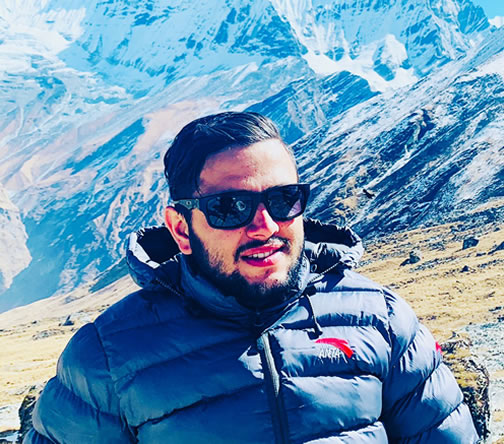
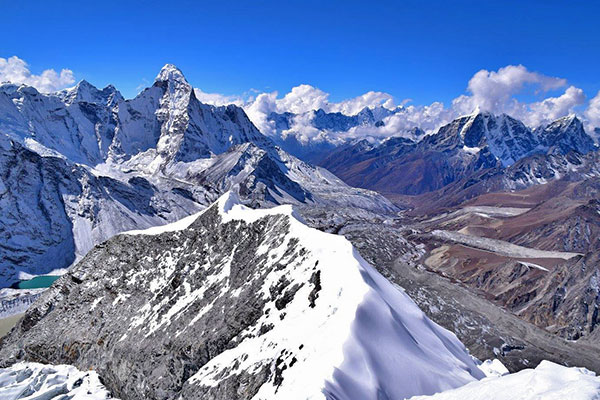



 7000m Peak Climbing , Nepal
7000m Peak Climbing , Nepal  26 Days
26 Days  US$9500
US$9500


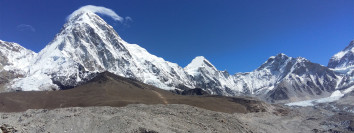


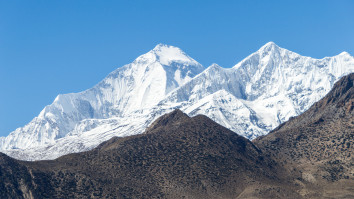
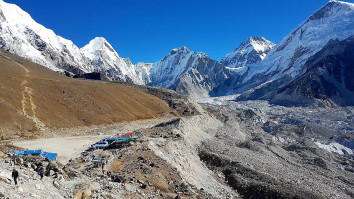
.jpg)
